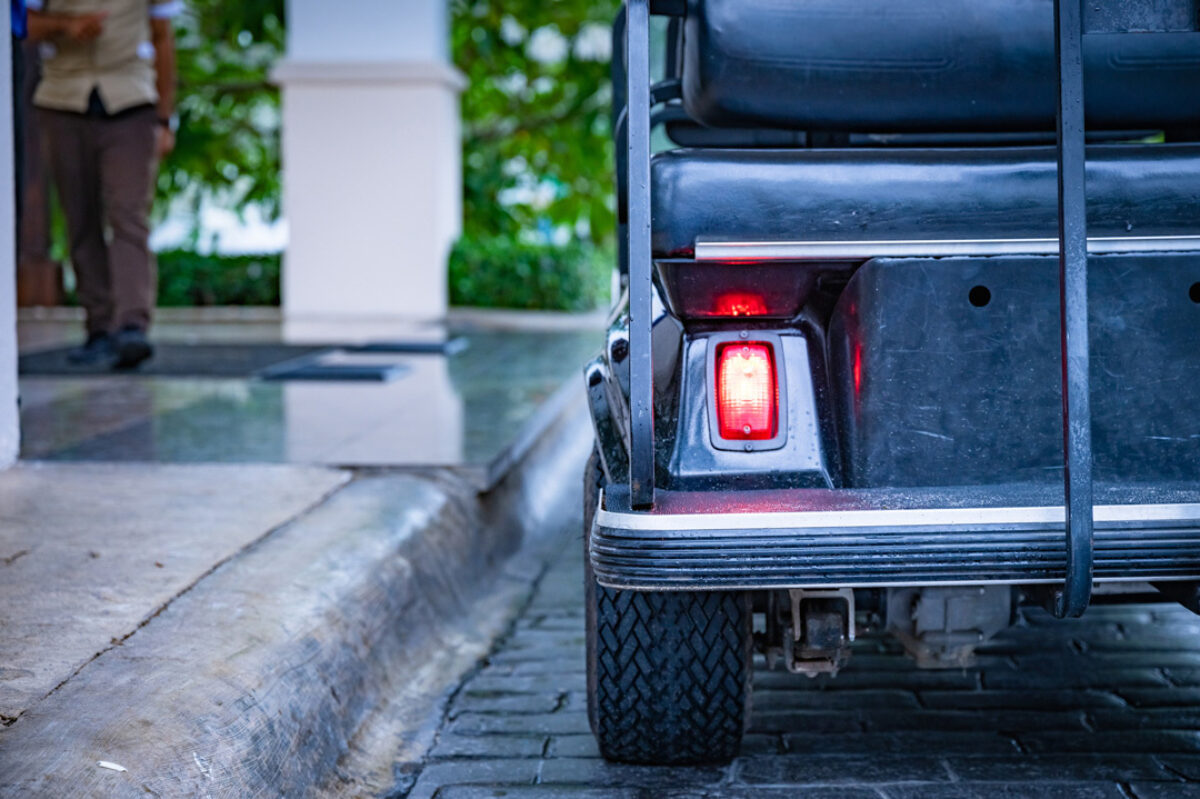Does your golf cart not have the same performance it used to? Lithium golf cart batteries can increase your power and milage, giving you an even better ride than before. Before you start converting your old lead-acid batteries to the much better lithium option, you may need to know a little bit more about the whole process.
How To Know If Your Current Batteries Are Bad
Knowing when your golf cart batteries are going bad is largely based on capacity. You would do a capacity test by fully charging the batteries, and then discharging them to verify that the capacity matches up within a reasonable number of specs based on the battery life.
Over the life of a lead-acid battery, that capacity will diminish. So you can tell where the battery capacity is based on how long it'll hold a specific charge rating. Batteries are rated at different amp rates. So at 56 amps, which is a common discharge machine rating, is also a common rating on lead-acid golf cart batteries. So, if it gives you a runtime of around 180 minutes or 170 minutes, you can compare how long it runs at a specific amp rating. If your cart is running less milage after being fully charged than it normally does, then you know you are losing battery capacity.
You may find some visual signs of deterioration with the lead-acid batteries. In some cases, you may notice corrosion on the terminals. Another way to tell would be to take the caps off of your flooded batteries and look at the lead plates inside. Typically they'll actually start to warp and so they'll look slightly wavy. If the solution inside starts to look cloudy and doesn't look clear anymore, it means a lot of the paste is falling into it and it's mixed, which would be another sign that they're on their way out. The most obvious visual sign would be that the battery cases would actually swell. Although at that point the batteries are not working at all. For lead-acid batteries there are a bunch of visual indicators, but not with lithium batteries.
How To Test Your Golf Cart Batteries
To test your current battery pack, first, charge them to their full capacity. Then hook them up to a 48V discharge machine, which is a load tester or a capacity tester. Most homes will not have one of these machines because they can be quite pricey, but any golf cart dealer will have it. Other common methods could include a resistance tester like a Midtronics battery tester. You could also test the cells with a hydrometer and test the electrolyte solution in there, which is a test to see if a cell has failed. You'd certainly notice a problem with your batteries before you would need to use a hydrometer.

To learn more about how to calculate your energy needs and find the optimal battery for your application and usage, visit our Lithium Battery Selector Tool.
How To Switch Out Your Lead-Acid Batteries And Install Lithium Batteries
Before starting the removal and installation process, be sure you have the right tools for the job. A socket set is needed for the hardware, gloves, a wire brush for cleaning any corrosion, and a hand strap with hooks so you can get the heavy lead-acid batteries out of the tray easier.
- First and foremost, disconnect the main positive and negative connections
- Then go ahead and disconnect the interconnecting cables on the battery pack. Discard those cables and input new cables.
- At that point, you can go ahead and start removing your mounting straps. Some carts actually run the cables underneath the mounting brackets.
- Take the mounting brackets out. Use a hand strap that hooks to the batteries, and progressively pull the heavy lead-acid batteries out of the cart.
- Clean the tray that they were sitting in with a brush and knock off as much debris as possible. Check the main cables to make sure there isn’t any corrosion. Replace the cables if they are corroded because corrosion causes resistance and more heat on the cables.
- Drop-in some new 48V lithium batteries which will fit perfectly into the slots.
- Reverse the process of installing the mounting brackets and straps to install the lithium batteries.
- With InSight 48V lithium batteries, you’re going to install the batteries in parallel. Make sure your cables are going from positive to positive. Lead-acid batteries are wired in series, so you don't want to replicate that.
After your conversion is complete your new lithium will batteries offer several advantages over lead-acid batteries:
- They are much lighter weight, offering a quick and smooth ride.
- They offer a no-maintenance solution.
- Lithium batteries charge much faster than lead-acid.
- They retain charge far longer
- They have up to 10 times more battery life
- A Direct drop-in replacement
If you have any questions on where to start your upgrade to lithium, please reach out to our team. We can help you make a decision on the best battery for your application.
